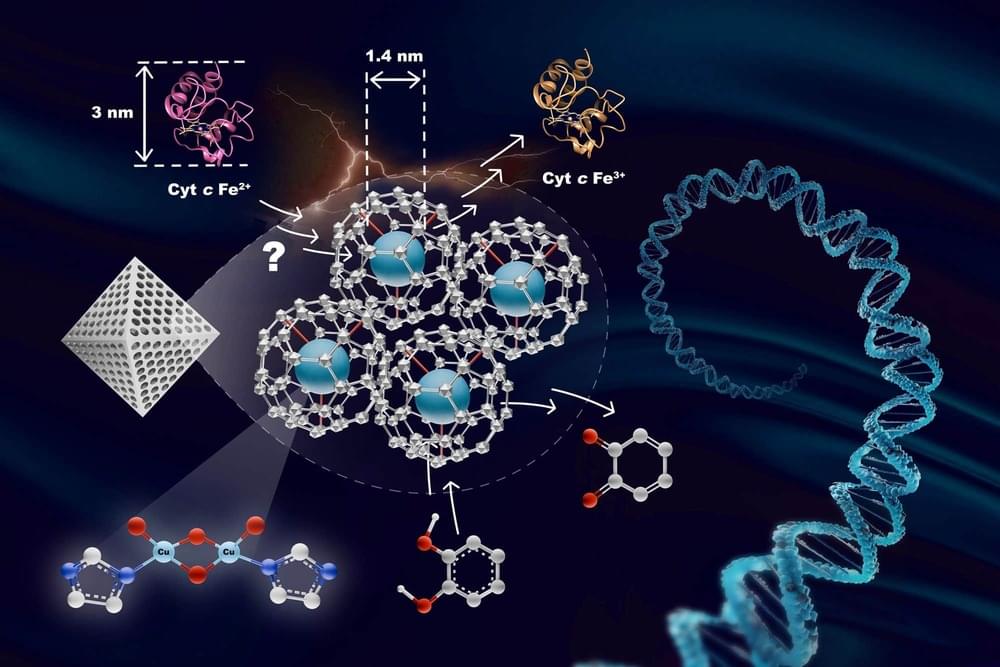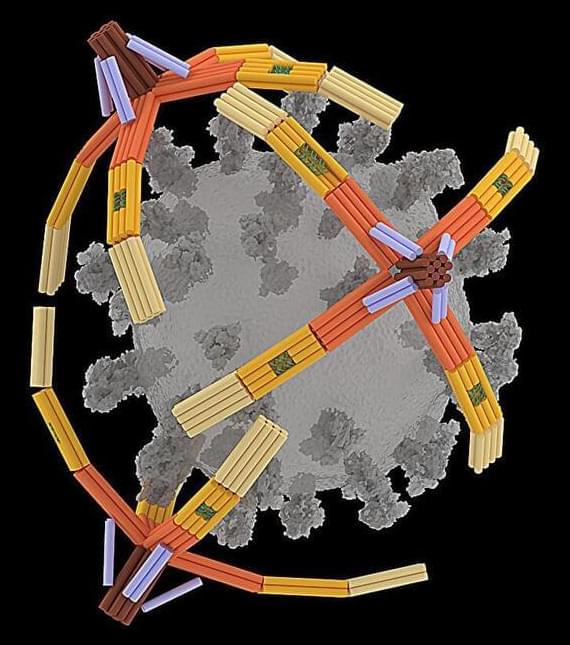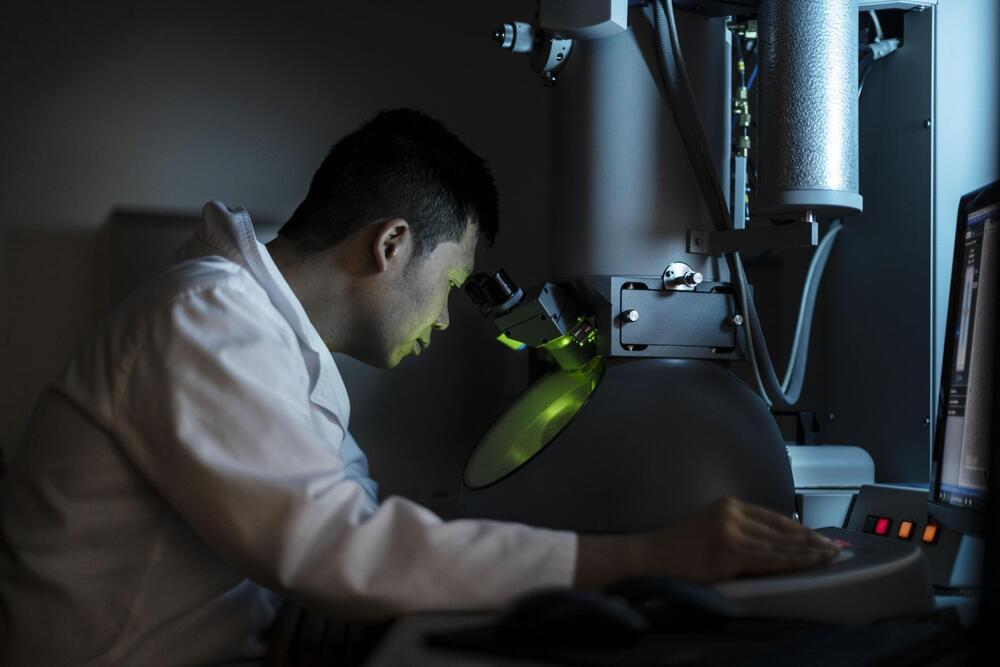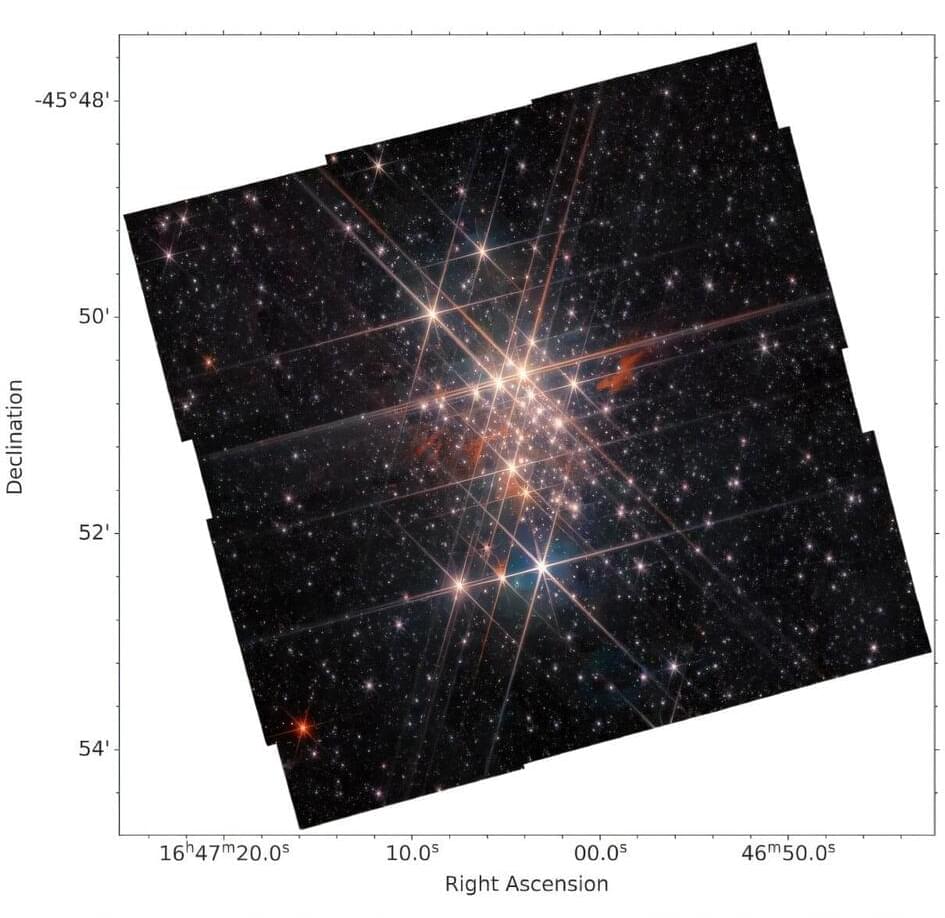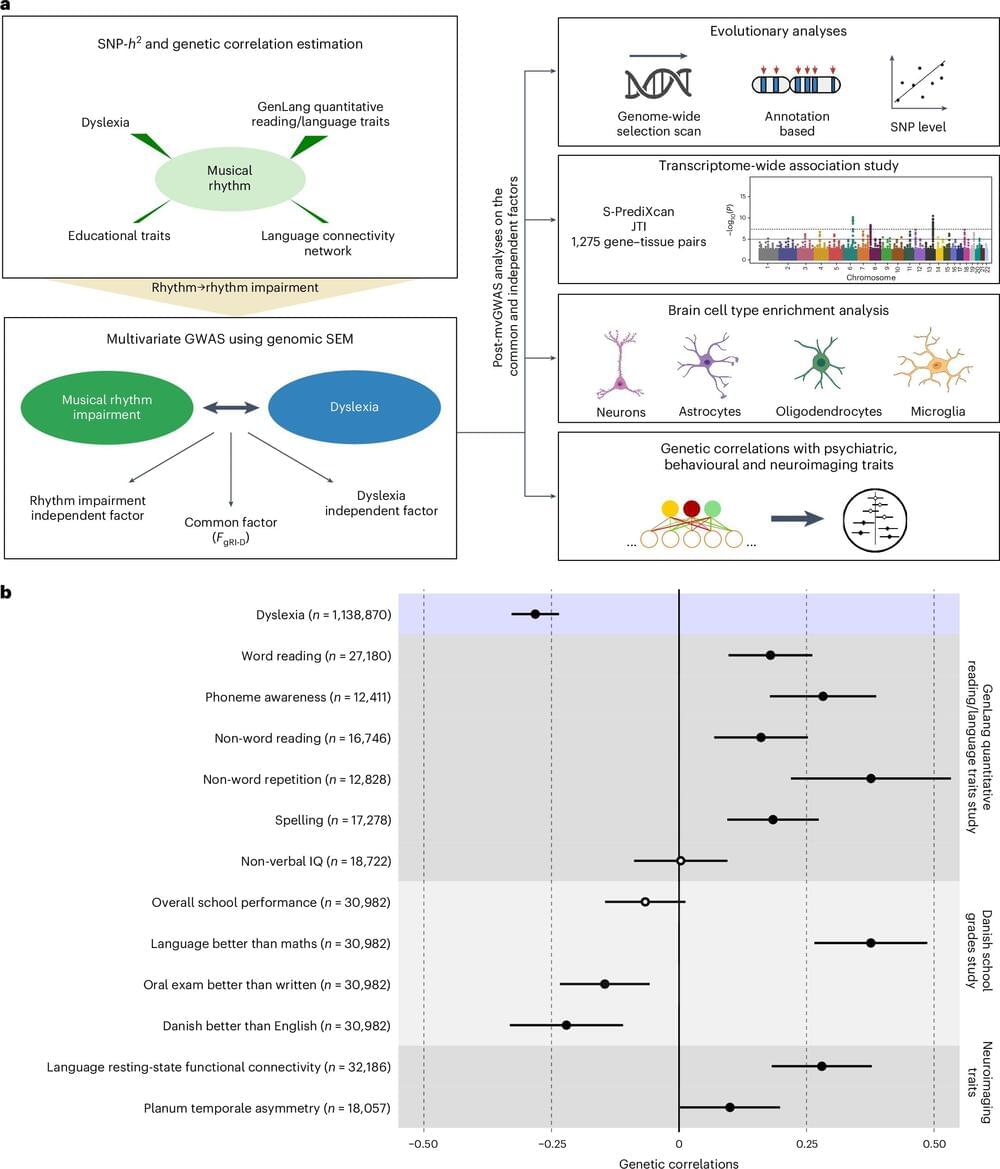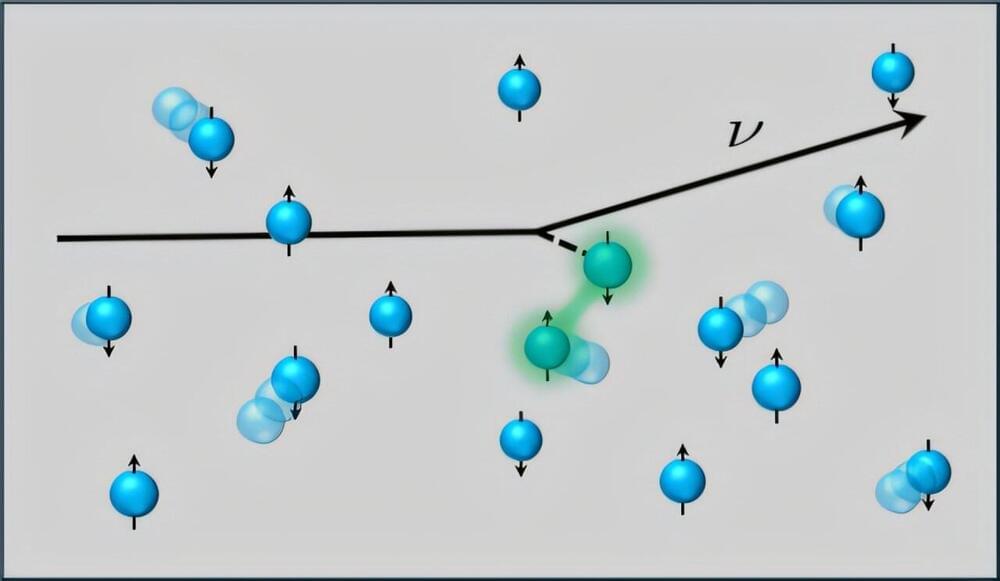Page 313
Nov 28, 2024
Pushing the limits of artificial enzymes
Posted by Shubham Ghosh Roy in categories: biotech/medical, chemistry
Researchers from CSIR-Central Leather Research Institute (CLRI), supported by INSPIRE Faculty and WISE Kiran Fellowships, explored the chemistry between proteins and nanozymes to advance artificial enzymes. Their work focuses on using manganese-based oxidase nanozyme (MnN) to crosslink collagen, a key structural protein, aiming to develop biomaterials for future medicinal and biomedical applications.
Nov 28, 2024
Nanorobot hand made of DNA grabs viruses for diagnostics and blocks cell entry
Posted by Saúl Morales Rodriguéz in categories: bioengineering, biotech/medical, chemistry, nanotechnology, robotics/AI
A tiny, four-fingered “hand” folded from a single piece of DNA can pick up the virus that causes COVID-19 for highly sensitive rapid detection and can even block viral particles from entering cells to infect them, University of Illinois Urbana-Champaign researchers report. Dubbed the NanoGripper, the nanorobotic hand also could be programmed to interact with other viruses or to recognize cell surface markers for targeted drug delivery, such as for cancer treatment.
Led by Xing Wang, a professor of bioengineering and of chemistry at the U. of I., the researchers describe their advance in the journal Science Robotics.
Inspired by the gripping power of the human hand and bird claws, the researchers designed the NanoGripper with four bendable fingers and a palm, all in one nanostructure folded from a single piece of DNA. Each finger has three joints, like a human finger, and the angle and degree of bending are determined by the design on the DNA scaffold.
Nov 28, 2024
Nanostructures pave the way for advanced robotics—and mini dinosaurs
Posted by Saúl Morales Rodriguéz in categories: biotech/medical, nanotechnology, robotics/AI
Researchers at the University of Sydney Nano Institute have made a significant advance in the field of molecular robotics by developing custom-designed and programmable nanostructures using DNA origami.
This innovative approach has potential across a range of applications, from targeted drug delivery systems to responsive materials and energy-efficient optical signal processing. The method uses “DNA origami,” so-called as it uses the natural folding power of DNA, the building blocks of human life, to create new and useful biological structures.
As a proof-of-concept, the researchers made more than 50 nanoscale objects, including a “nano-dinosaur,” a “dancing robot” and a mini-Australia that is 150 nanometers wide, a thousand times narrower than a human hair.
Nov 28, 2024
Webb observations explore the Westerlund 1 star cluster
Posted by Saúl Morales Rodriguéz in categories: evolution, space
An international team of astronomers has employed the James Webb Space Telescope (JWST) to observe a supermassive Galactic open cluster known as Westerlund 1. Results of the observational campaign, presented in a paper published Nov. 20 on the arXiv preprint server, yield important insights about the structure and properties of this cluster.
Open clusters (OCs), formed from the same giant molecular cloud, are groups of stars loosely gravitationally bound to each other. So far, more than 1,000 of them have been discovered in the Milky Way, and scientists are still looking for more, hoping to find a variety of these stellar groupings. Expanding the list of known galactic open clusters and studying them in detail could be crucial for improving our understanding of the formation and evolution of our galaxy.
It is assumed that most star formation takes place in massive clusters of stars, known as superstar clusters (SSCs). They are very massive young OCs usually containing a very large number of young, massive stars. The total mass of a typical SSC exceeds 10,000 solar masses.
Nov 28, 2024
Scientists discover shared genetic foundations between musical rhythm and human language
Posted by Saúl Morales Rodriguéz in categories: biological, genetics, life extension
In a study published Nov. 21 in the journal Nature Human Behaviour, researchers have uncovered significant genetic connections between human language abilities and musical rhythm skills, providing new insights into the biological underpinnings of these fundamental human traits.
The study brought together leading experts in the areas of musicality genetics and language genetics from Vanderbilt University Medical Center in close collaboration with researchers at the Max Planck Institute for Psycholinguistics in the Netherlands.
The study revealed overlapping genetic underpinnings between rhythm-related skills and language-related traits, including dyslexia. Multiple datasets were used from over 1 million individuals. By applying advanced multivariate methods, the researchers were able to identify common genetic factors and explore their biological and evolutionary significance.
Nov 28, 2024
Improved spin and density correlation simulations give researchers clearer insights on neutron stars
Posted by Saúl Morales Rodriguéz in categories: cosmology, particle physics
When a star dies in a supernova, one possible outcome is for the remains to become a neutron star. Inside a neutron star, the protons and electrons combine into uncharged neutrons. This substance is called neutron matter.
A team of researchers from the United States, China, Turkey, and Germany has performed ab initio (i.e., from the most fundamental principles) simulations to calculate spin and density correlations in neutron matter. They used realistic nuclear interactions at higher densities of neutrons than previously explored. Spin and density are the probability of finding a neutron in a particular position with a particular direction of spin. These correlations determine key aspects of how neutrinos scatter and heat up in a core-collapse supernova.
The research is published in the journal Physical Review Letters.
Nov 28, 2024
Making quantum physics easier to digest in schools: Experts encourage focus on two-state systems
Posted by Saúl Morales Rodriguéz in categories: education, quantum physics
A team of physics educators from Italy, Hungary, Slovenia and Germany is focusing on a new approach to teaching quantum physics in schools. Traditional classroom teaching has tended to focus on presenting the history of the origins of quantum physics, which often poses problems for learners.
Using the quantum measurement process as an example, the researchers have now published their first empirical findings on learning quantum physics —based on two-state systems—in Physical Review Physics Education Research.
The researchers, including physics education specialist Professor Philipp Bitzenbauer from Leipzig University, concentrate on what are known as qubits. These are two-state systems, the simplest and at the same time most important quantum systems that can be used to describe many situations. Controlling and manipulating these qubits plays a central role in modern quantum technologies.
Nov 28, 2024
Magnetic memory device reduces power consumption, heat generation in MRAM semiconductors
Posted by Saúl Morales Rodriguéz in category: computing
A research team, led by Professor Jung-Woo Yoo from the Department of Materials Science and Engineering at UNIST has unveiled a new type of magnetic memory device, designed to reduce power consumption and heat generation in MRAM semiconductors. The work was published in Nature Communications on October 10, 2024.
Magnetic random access memory (MRAM) represents the next generation of memory technology, combining the strengths of NAND flash and DRAM. It is a non-volatile storage solution, meaning data is preserved even when the device is powered off, while also achieving speeds comparable to DRAM. MRAM has already seen commercialization in sectors requiring fast and reliable data access.
Traditional MRAM devices rely on electric current to write and erase data. In these devices, when the magnetization directions of the two magnetic layers are aligned (parallel), the resistance is low; when they are opposite (antiparallel), the resistance is high. Data is then represented as binary states (0 and 1) based on these configurations. However, changing the magnetization direction necessitates a current exceeding a critical threshold, which leads to significant power consumption and heat generation.
Nov 28, 2024
Taming big data and particle beams: How researchers are pushing AI to the edge
Posted by Saúl Morales Rodriguéz in categories: biotech/medical, information science, robotics/AI
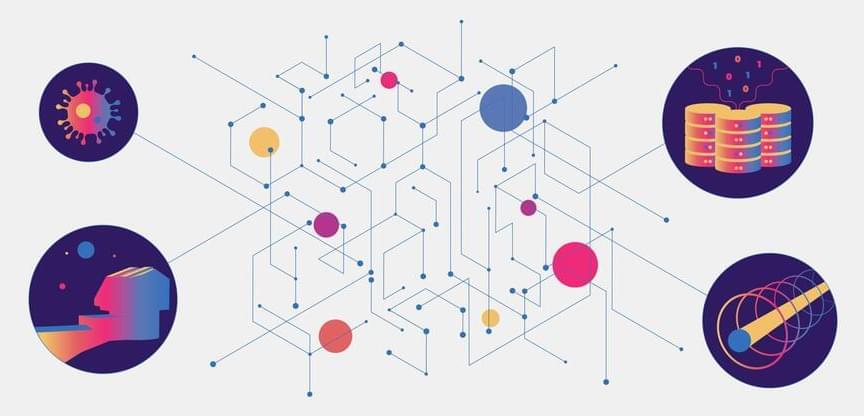
Every day, researchers at the Department of Energy’s SLAC National Accelerator Laboratory tackle some of the biggest questions in science and technology—from laying the foundations for new drugs to developing new battery materials and solving big data challenges associated with particle physics and cosmology.
To get a hand with that work, they are increasingly turning to artificial intelligence. “AI will help accelerate our science and technology further,” said Ryan Coffee, a SLAC senior scientist. “I am really excited about that.”

